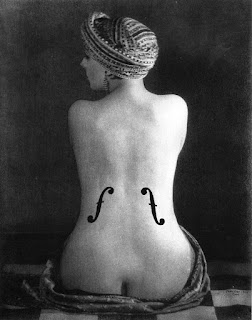*******
A System of Geometry and Simple Ratios.
As it turns out, there is a system of geometry and simple ratios behind the shapes of classical violin making.This geometry can be cracked and deciphered -- once we find a few starting keys into the code. And, like the DNA codes that shape life, classical violin making's codes of geometry and proportion not only determine the form of single instruments, but also play the central role governing changes and development of instruments across the generations of classical making.





